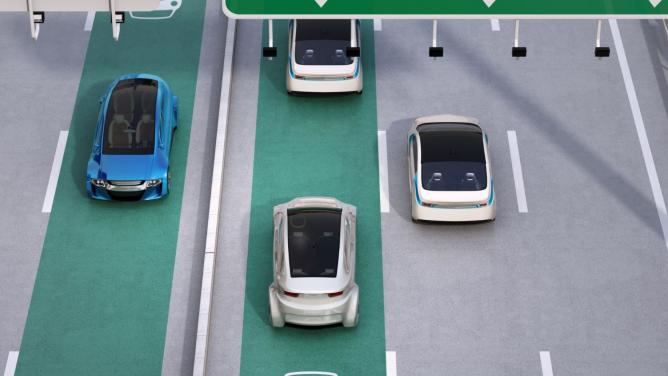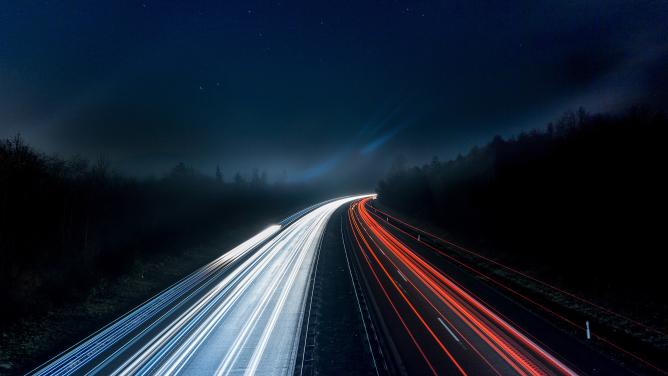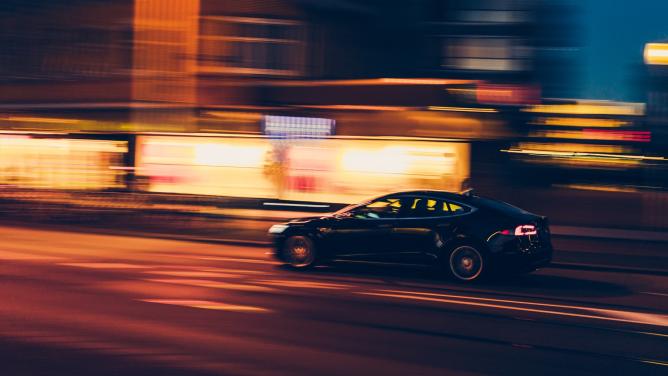A Matter of Coils
The transfer of energy by electromagnetic induction was first developed in the 19th century, notably by Nikola Tesla. Broadly speaking, it allows the distribution of electric current without a connection. When supplied with an electric current, a coil generates a magnetic field which, received by a second coil, can be transformed into another electric current. Thus, in wireless terms, a transmitting coil can conduct a current to a receiving coil. In recent years, technical progress in this field means that contactless recharging solutions for electric vehicles are now a possibility.
Two schemes are currently being tested, namely static recharging and dynamic recharging systems. The first system, like a conventional recharging station, keeps the vehicle stationary, but without the need for a connection. The second system shows much more promise, as it allows the vehicle to be recharged whilst in motion, thanks to emitting coils placed under the road surface. This solution has been tested in several countries and could speed up the transition to electric vehicles.
The Wireless Road
In addition to improving the user experience, the main advantage of induction, and dynamic recharging in general, is that it shrinks the size of electric vehicle batteries. Indeed, if the road itself recharges the vehicle, the issue of the battery’s life becomes secondary. As a result, the cost and weight of electric cars will decrease, as well as the need for the rare minerals that make up the battery.
In terms of design and mobility, new perspectives are emerging. Recharging a vehicle directly on-road frees up land, thereby enabling a larger range of recharging stations which were previously space-limited, as is the case for dense urban areas. In addition, a vehicle that does not need to stop can theoretically drive continuously and maximise mobility.
There are other dynamic recharging solutions, such as in-rail charging or overhead power line systems. In 2017, the French Ministry for the Environment, which produced an economic assessment of electric roads, looked into overhead power line systems as an opportunity to utilise the expertise of the railway industry. On one hand, induction means reduced maintenance, fewer interoperability problems and less visual pollution. On the other hand, installation costs are higher.
That same year, the first French test of a “wireless” electric road took place in Satory. Financed by the European FABRIC program, it brought together Renault, the VEDECOM Research Institute and Qualcomm, the American mobile technology giant. A Kangoo Z.E utility vehicle received up to 20 kW while driving at 62 mph on a test track.
Is Take-Off Imminent?
More recently, the Israeli Startup, ElectReon, which is developing an induction route solution, signed a strategic partnership agreement with Eurovia, a VINCI subsidiary. After testing its technology in Tel Aviv and on the island of Gotland, Sweden, it plans to extend its activities to France, Germany and Belgium. Eurovia is thus committed to integrating induction into its product range and to building and maintaining these new electric roads.
This partnership could provide a springboard for induction in Europe: “We are more interested today in the integration and definition of a business model than we are with R&D issues,” said Arnaud Banner, the technical director for Vinci Energies, in early 2020.
Meanwhile, post-Covid recovery efforts could benefit induction. While the French national recovery plans focused on enabling more charging stations and vehicle purchases, the Île-de-France region has been more proactive. After the Conference of the Parties last September, the Paris region selected 192 proposals for its environmental reconstruction. In order to lower carbon on the roads and improve mobility, it plans to “carry out the first experimental section of electrified motorway by recharging electric vehicles through induction in Île-de-France”.


